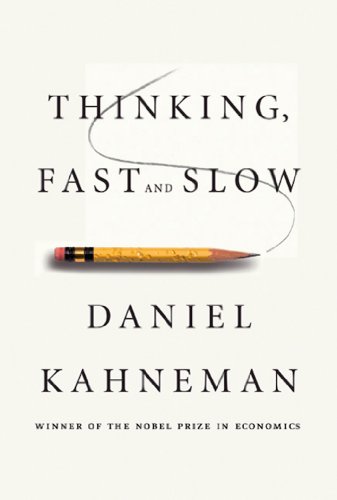

This article is an excerpt from the Shortform summary of "Thinking, Fast and Slow" by Daniel Kahneman. Shortform has the world's best summaries of books you should be reading.
Like this article? Sign up for a free trial here .
What is the planning fallacy? How can I avoid it? And what are some examples of the planning fallacy?
The planning fallacy is the phenomenon of habitually underestimating the amount of time and resources required to finish a project. When estimating for a project, you tend to give “best-case scenario,” which rarely happens.
We’ll look at a planning fallacy example that fleshes out the above definition, and cover how the planning fallacy works and how to avoid it.
We All Fall for the Planning Fallacy
The planning fallacy is common. When estimating for a project, you tend to give “best-case scenario” estimates, rather than confidence ranges. You don’t know what you don’t know about what will happen—the emergencies, loss of motivation, and obstacles that will pop up—and you don’t factor in buffer time for this.
Planning Fallacy Example
Daniel Kahneman gives a planning fallacy example of a curriculum committee meeting to plan a book. They happily estimate 2 years for completion of the book. Kahneman then asks the editor how long other teams have taken. The answer is 7-10 years, with 40% of teams failing to finish at all. Kahneman then asks how their team skill compares to the other teams. The answer is Kahneman’s team is below average.
This was an astounding example of how a person may have relevant statistics in her head, but then completely fails to recall this data as relevant for the situation. (The book did indeed take 8 years.) This is an extreme case of the planning fallacy.
Furthermore, before Kahneman asked his questions, the team didn’t even feel they needed information about other teams to make their guess! They looked only at their own data situation.
Government projects have a funny pattern of being universally under budget and delayed. (Though there may be an underlying incentive at play here, since projects that are lower cost and shorter time are easier to get approved.)
The Planning Fallacy and the Objective View
The planning fallacy is related to the objective, or “outside” view.
We are often better at analyzing external situations (the “outside view”) than our own. When you look inward at yourself (the “inside view”), it’s too tempting to consider yourself exceptional— “the average rules and statistics don’t apply to me!” And even when you do get statistics, it’s easy to discard them, especially when they conflict with your personal impressions of the truth. This is one factor in the planning fallacy.
In general, when you have information about an individual case, it’s tempting to believe the case is exceptional, and to disregard statistics of the class to which the case belongs.
Here are examples of situations where people ignore base statistics and hope for the exceptional:
- 90% of drivers state they’re above average drivers. Here they don’t necessarily think about what “average” means statistically—instead, they think about whether the skill is easy for them, then intensity match to where they fit the population.
- Most people believe they are superior to most others on most desirable traits.
- Business owners know that only 35% of new businesses survive after 5 years. Despite this, 82% of entrepreneurs put their personal odds of success at 70% or higher, and 33% said their chance of failing was zero!
- Kahneman tells a story of meeting motel owners who said they bought the motel cheaply because “the previous owners failed to make a go of it.” They seemed blithely indifferent to the circumstances that led the previous owner to fail.
This overconfidence and belief that we are the exception to the rule can lead to the planning fallacy.
Antidote to the Planning Fallacy
The antidote to the “inside view” can help you avoid the planning fallacy:
- Identify the appropriate category the situation belongs in.
- Consider the population distribution for the category. Start with this baseline prediction.
- Use specific information about the case that allows you to adjust from the baseline prediction.
Another technique is to write a premortem: “Imagine that it’s a year from now. We implemented the plan. It was a disaster. Write a history of the disaster.” The premortem has a few advantages:
- As a piece of writing, it avoids the public groupthink that arises from conversation.
- It encourages creative dissent before a project starts, which is normally suppressed when a project begins.
Finally, when evaluating how well a project was executed, reward people who finish according to their original deadlines, not those who finish much earlier or later than planned.
———End of Preview———

Like what you just read? Read the rest of the world's best summary of "Thinking, Fast and Slow" at Shortform . Learn the book's critical concepts in 20 minutes or less .
Here's what you'll find in our full Thinking, Fast and Slow summary :
- Why we get easily fooled when we're stressed and preoccupied
- Why we tend to overestimate the likelihood of good things happening (like the lottery)
- How to protect yourself from making bad decisions and from scam artists






